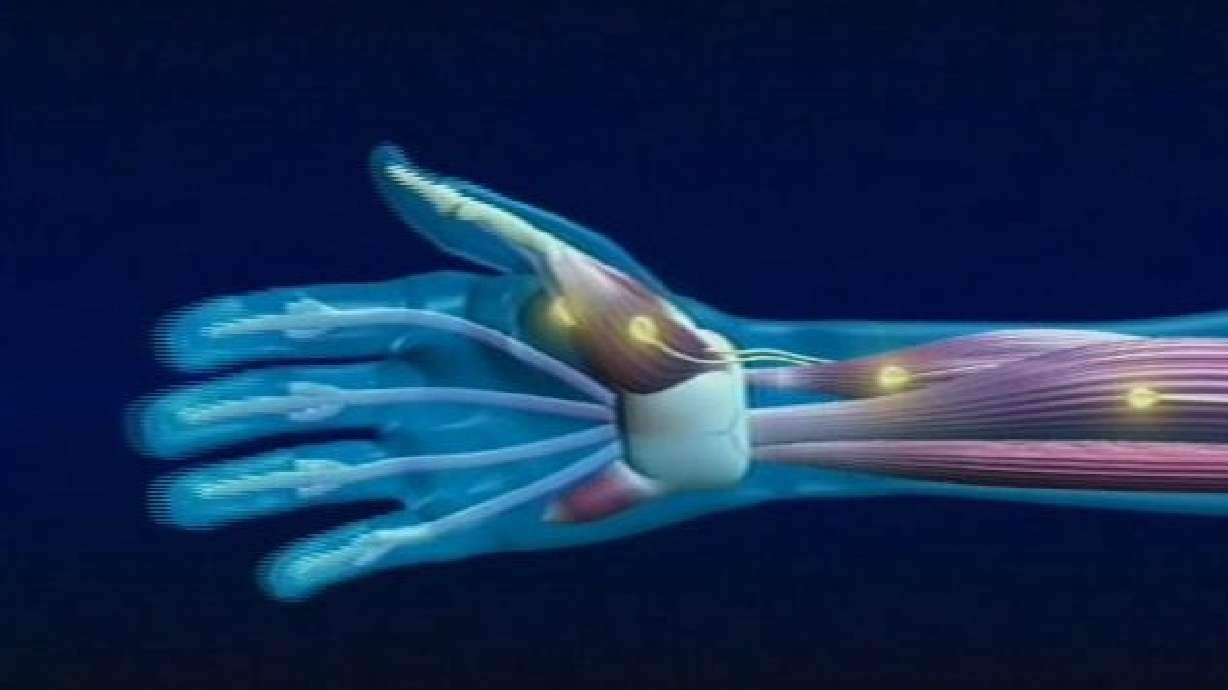Estimated read time: 2-3 minutes
This archived news story is available only for your personal, non-commercial use. Information in the story may be outdated or superseded by additional information. Reading or replaying the story in its archived form does not constitute a republication of the story.
Ed Yeates ReportingThe research arm of the Department of Defense is challenging scientists to find a way to regenerate fingers, hands, arms and legs in humans! it's putting big bucks on the line to back the research, including here in Utah.
It already happens in Nature. Cut off branches from roses and they'll re-generate and grow branches back again.
The Defense Advanced Research Projects Agency is already financing millions to build a truly human-like artificial arm. But this latest challenge pushes the envelope even more.

Dr. Shannon Odelberg, University of Utah Neurobiology: "DARPA has been known to fund very large research projects with lofty goals, and I think this is one of those projects."
Dr. Shannon Oldelberg and his colleagues at the University of Utah will join five other universities under the umbrella of the University of Pittsburgh's McGowan Institute of Regenerative Medicine to see if what DARPA wants really can be done.
For example, a little newt can regenerate a lot of body parts in only two months time -- a tail, a leg, jaws, an eye, to name a few. But the big question, can you translate what this little animal can do into a human?
Susan Bryant and David Gardiner at the University of California at Irvine photographed actual newt regeneration. With regeneration in an adult human, that's lost a limb. the cells found in the newt are not available, so they have to be created through some process. DARPA is asking the research group to do just that, create a pool of special cells called a blastema.
Dr. Odelberg: "They're progenitor cells, like stem cells that give rise to a structure. And so what DARPA would like us to do is to generate a pool of these cells in an animal that can not normally regenerate."
That's the big leap that may or may not happen. But DARPA is willing to risk more than 3-million dollars to find out.
Dr. Odelberg: "Even if we are not successful in the short time frame, we may be successful in accomplishing this goal later on."
Odelberg cautions, even if it's possible in theory, it won't be anywhere near as easy as the newts make it look.









